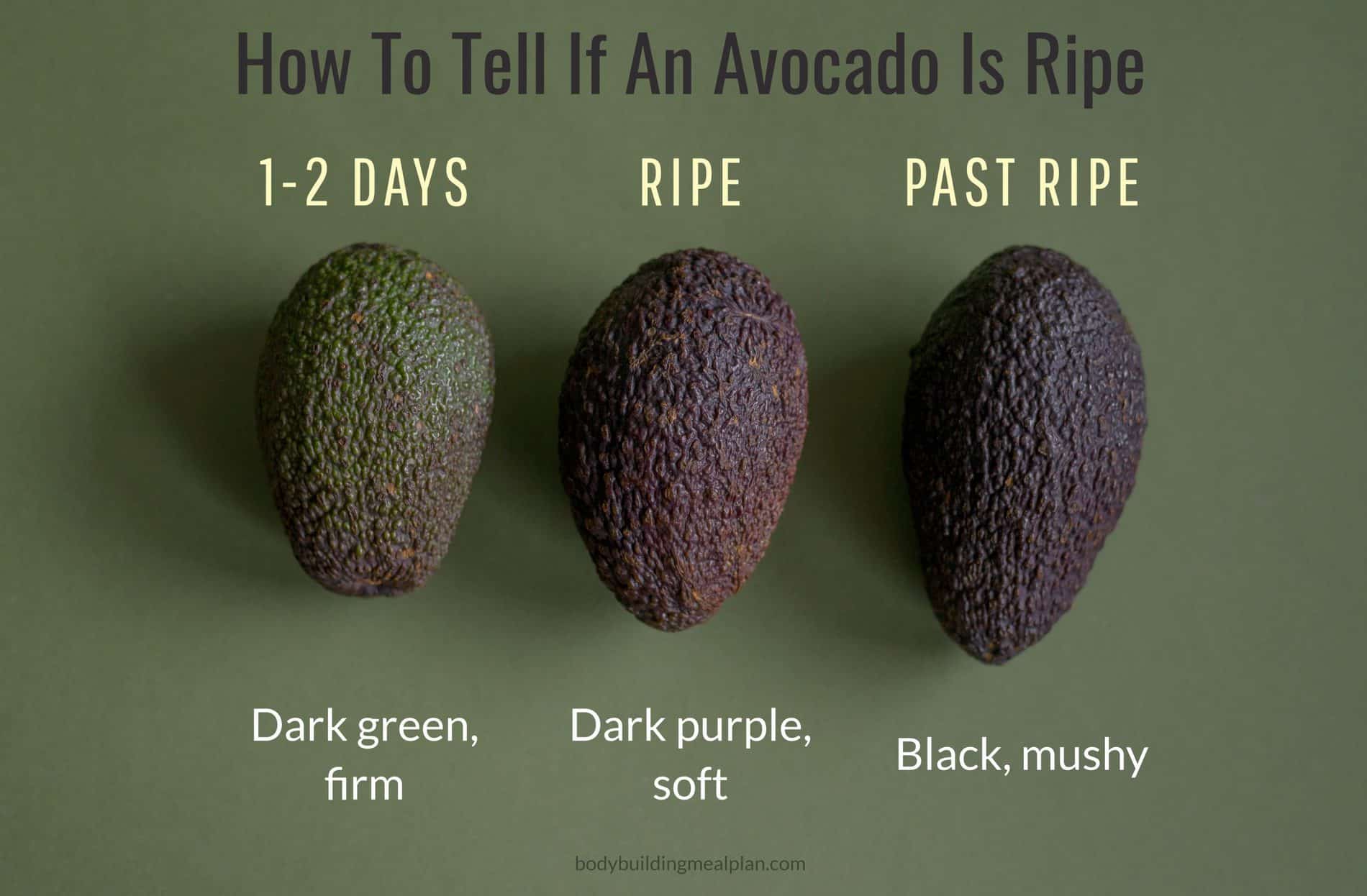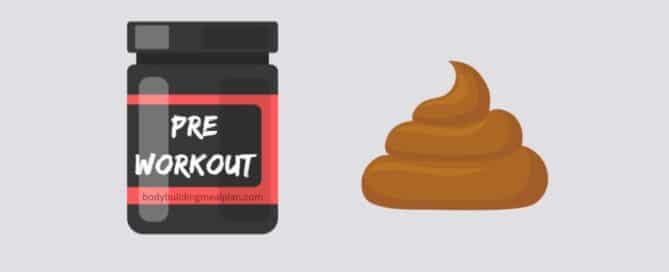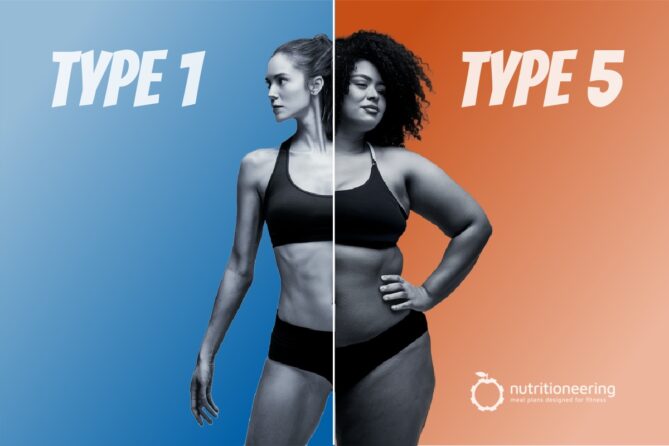Healthy Bodybuilding Grocery List
Nutrition Coach’s 16 Simple Foods for a Fat Loss or Muscle Gain
By: Jeremy Fox, CNC, CPT – Updated: April 11, 2024
A nutritious meal plan for improving your appearance, performance, and general health begins at the supermarket. Unfortunately, it’s easy to get lost in the marketing and misleading information on food packaging and nutrition labels.
As a nutrition coach, I created this simple guide to help you navigate the grocery gauntlet. It contains the basic whole foods you need to prep healthy meals for reaching your fitness goals. Let’s go shopping!

Importance of a Grocery List
Having a grocery list is a great way to take the guesswork out of buying healthy foods. It can also save time since you won’t be wandering all over the store on a whim.
If you’ve ever gone to the grocery store on an empty stomach, you know that hunger has a strong influence on your purchase. With a grocery list, it’s easier to avoid those impulse buys driven by gut decisions.
Finally, a well-planned grocery list helps you stick to a healthy eating plan because you’ll have all the ingredients you need for your weekly meal prep.
16 Food Healthy Grocery List
I put together a list of 16 nutritious foods that form the foundation of my own diet and those of my clients. Most of the items on this list are unprocessed or minimally processed without artificial ingredients.
- Leafy Greens
- Colorful Fruits & Vegetables
- Avocados
- Potatoes
- Nuts & Seeds
- Berries
- Chicken
- Fish
- Turkey
- Beef
- Eggs
- Greek Yogurt
- Coconut or Olive Oil
- Rice
- Tuna
- Oats & Grains
It’s important to note that this is not intended to be a complete grocery list or a prescribed diet. Instead, it is a list of some staple foods that make up a healthy diet.
In the sections below, I grouped the items on the list by the section of the store in which they’re located to save you time. I’ve also added some helpful tips to help you choose between different brands or varieties of each food.

Produce Section
First on the list is produce. It’s usually the first thing you see when you walk into the grocery store and the best place to find healthy foods.
1. Leafy Greens
Leafy greens include romaine lettuce, spinach, and kale. These vegetables are like the multivitamins of foods because they’re packed with vitamins and minerals. With minimal calories, they’re also ideal for weight loss diets.
Leafy greens are often on the Dirty Dozen list of fruits and vegetables with the highest levels of pesticide residue. If possible, I recommend choosing organic greens to ensure you’re getting clean produce.
2. Colorful Fruit & Veggies
In addition to greens, it’s good to add different colored fresh fruits and vegetables. That way, you get a variety of vitamins and minerals in your diet. Good options include apples, bananas, oranges, bell peppers, tomatoes, onions, green beans, and broccoli.
Heat, light, and oxygen break down vitamins during transportation and storage. But freezing delays this process, so if you can’t buy fresh vegetables, buy frozen.
3. Avocados
Avocados are a rich source of healthy fats. In addition, they’re high in fiber, which means they’re low in net carbs. For that reason, avocados are great for weight loss.
Admittedly, choosing ripe avocados can be tricky. So, I created this simple guide to help you choose the best avocados.
4. Potatoes
Potatoes are a great source of energy-dense carbohydrates with loads of potassium. Sweet potatoes are slightly lower in calories and carbs, with more fiber and vitamin A. Which you choose is a matter of your diet plan and personal preferences.
5. Nuts/Seeds
Raw nuts and seeds, especially almonds, walnuts, pepitas, and sunflower seeds, are good sources of healthy fats and protein. Almond butter and peanut butter are calorie-dense foods that help you gain weight on a bulking meal plan.
When buying nut butters, avoid hydrogenated oils if possible. Similarly, some nuts are overly processed and loaded with sodium, so opt for the least processed varieties.
6. Berries
If you have a sweet tooth, berries are a good, healthy alternative to sugary sweets. The natural sugars also make berries perfect for post-workout smoothies.
In addition, dark varieties like blueberries are high in antioxidants like vitamin C.
Meat Section
Meat contains all the essential amino acids needed for muscle growth. It’s also a good source of nutrients that are hard to get from other foods, such as B12, iron, and zinc.
Let’s take a closer look at healthy choices for buying lean meats.
7. Chicken
Chicken is protein-packed, low-fat, budget-friendly, and easy to cook. While chicken breasts contain the most protein, thighs and drumsticks are more flavorful due to their higher fat content. Which you choose depends on your meal plan macros.
Watch out for phrases in the fine print like “sodium solution.” That means food processors add weight by injecting salt water! As a result, they make more money, while you get less protein and more sodium.
8. Fish
Fish such as salmon and cod are an excellent source of vitamins and healthy omega-3 fatty acids. However, it can be hard to know which to choose between wild-caught and farm-raised. Wild-caught does not necessarily mean healthier or more sustainable, so check with resources like the Seafood Watch Program before buying.
9. Turkey
Turkey breast is an excellent, high-protein alternative to chicken for nutritious meals. Ground turkey is also a more affordable substitute for ground beef.
10. Beef
Red meat is a perfect source of muscle-building branched-chain amino acids. However, grain-fed cows produce meat high in omega-6, which is inflammatory and harmful to our health. So, if you can afford it, choose grass-fed beef, which is higher in healthy omega-3 fatty acids.

Dairy Section
Next up is the refrigerator section, where you can find the dairy products. This is a good place to look for alternative sources of protein.
11. Eggs
Eggs are an excellent bodybuilding food because the protein is highly bioavailable and readily absorbed by the body. In addition, egg yolks contain helpful b vitamins, so don’t toss them all away.
On the negative side, it’s almost impossible to find healthy eggs amidst all the carton jargon. For example, terms like “vegetarian fed” sound progressive, but chickens are supposed to eat bugs! Also, “cage-free” doesn’t mean the chickens roam around outside.
Therefore, I recommend pasture-raised eggs, where chickens forage for their natural diet.
12. Greek Yogurt
Many adults are lactose intolerant because we lose certain stomach enzymes as we age. Consequently, consuming dairy causes bloating and stomach issues. However, Greek yogurt contains less lactose than other dairy products and is packed with protein.
If you’re on a weight-loss diet, look for the low-sugar variety. I recommend getting plain Greek yogurt and mixing in your favorite protein powder for a healthy protein pudding.
Aisle Section
Now, it’s time to venture into the inner aisles of the grocery store. In general, this is where junk food lives. But there are some healthy options if you know what to look for.
13. Coconut/Olive Oil
The healthy fats in coconut oil and extra virgin olive oil are an essential part of a balanced diet. You can use them as cooking oils or just to add flavor to any meal.
In addition, olive oil is a nutritious base for making your own healthy salad dressings.
14. Rice
Rice is a staple source of carbohydrates for bodybuilders because it’s cheap and easy to make. But there’s much debate about which is healthier, brown or white rice.
Brown rice is a whole grain, so it contains more nutrients and digests more slowly. However, it can also cause digestive issues for some people.
On the other hand, white rice contains fewer nutrients but is more readily digested. Fast-digesting carbs are good after a workout to replenish glycogen and aid recovery.
Personally, I like the taste and texture of white rice, especially when cooked in chicken bone broth.
15. Tuna
Canned tuna is a quick and easy source of protein. If you’re concerned about calories, choose tuna in water over tuna in oil.
Another benefit of tuna is that it can be used in a variety of ways, such as sandwiches or salads.
16. Oats/Grains
Whole grains such as whole wheat bread and whole wheat pasta are also healthy sources of carbohydrates and nutrients. However, bread and pasta require more processing steps and often contain artificial ingredients and additives so check the nutrition facts labels.
There are also many over-processed pre-packaged oats and oatmeal on the shelves. So look for old-fashioned oats when choosing a healthy and nutritious option.

















